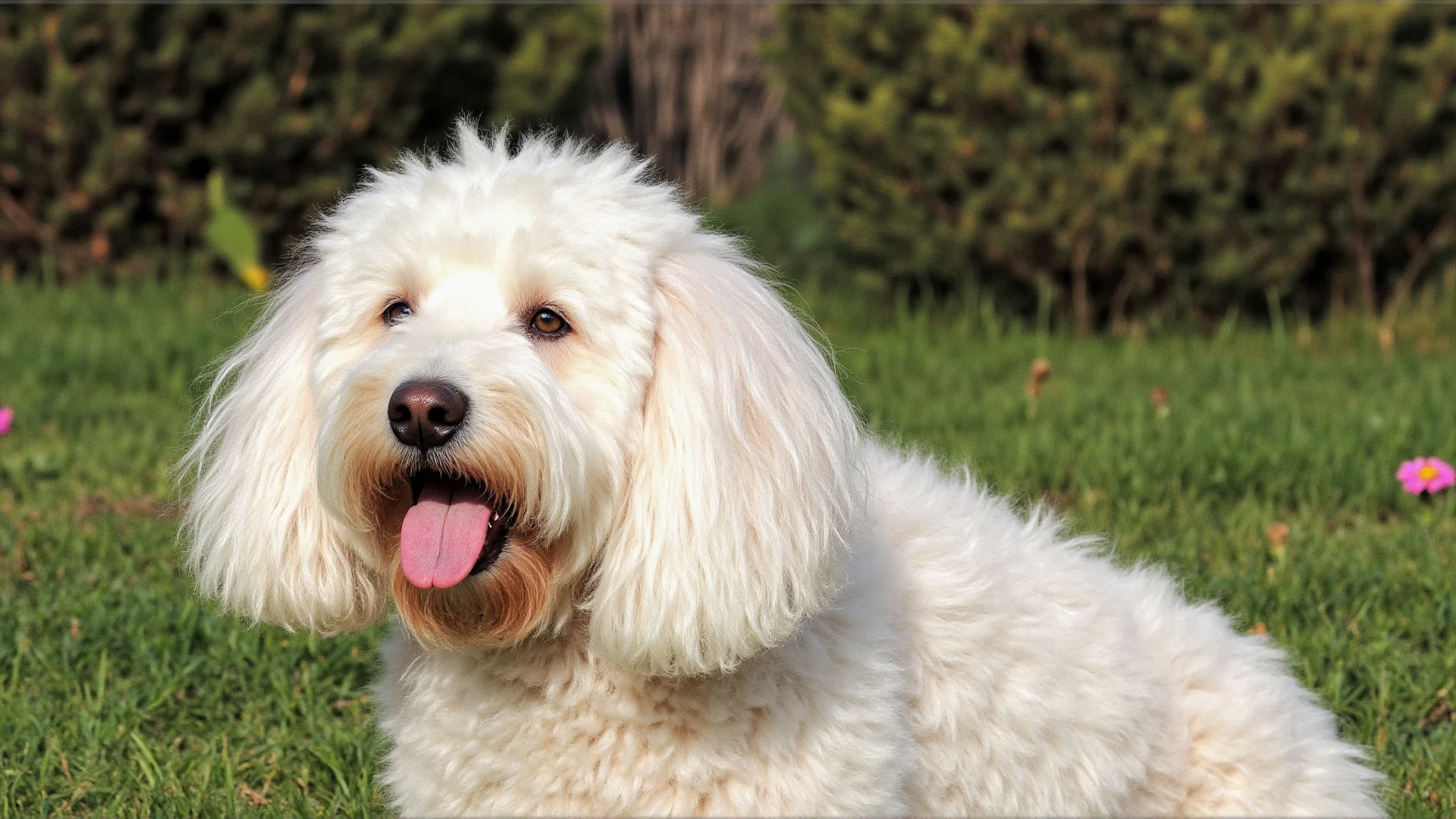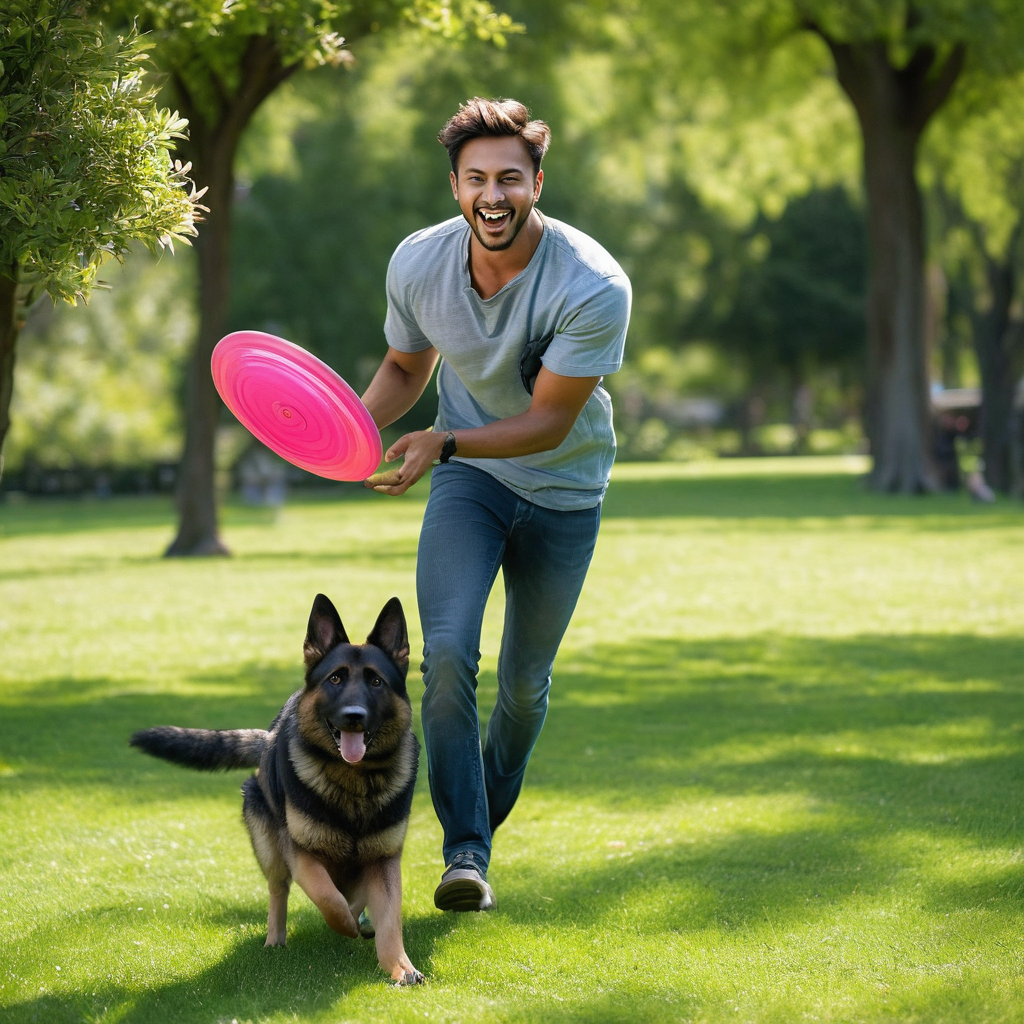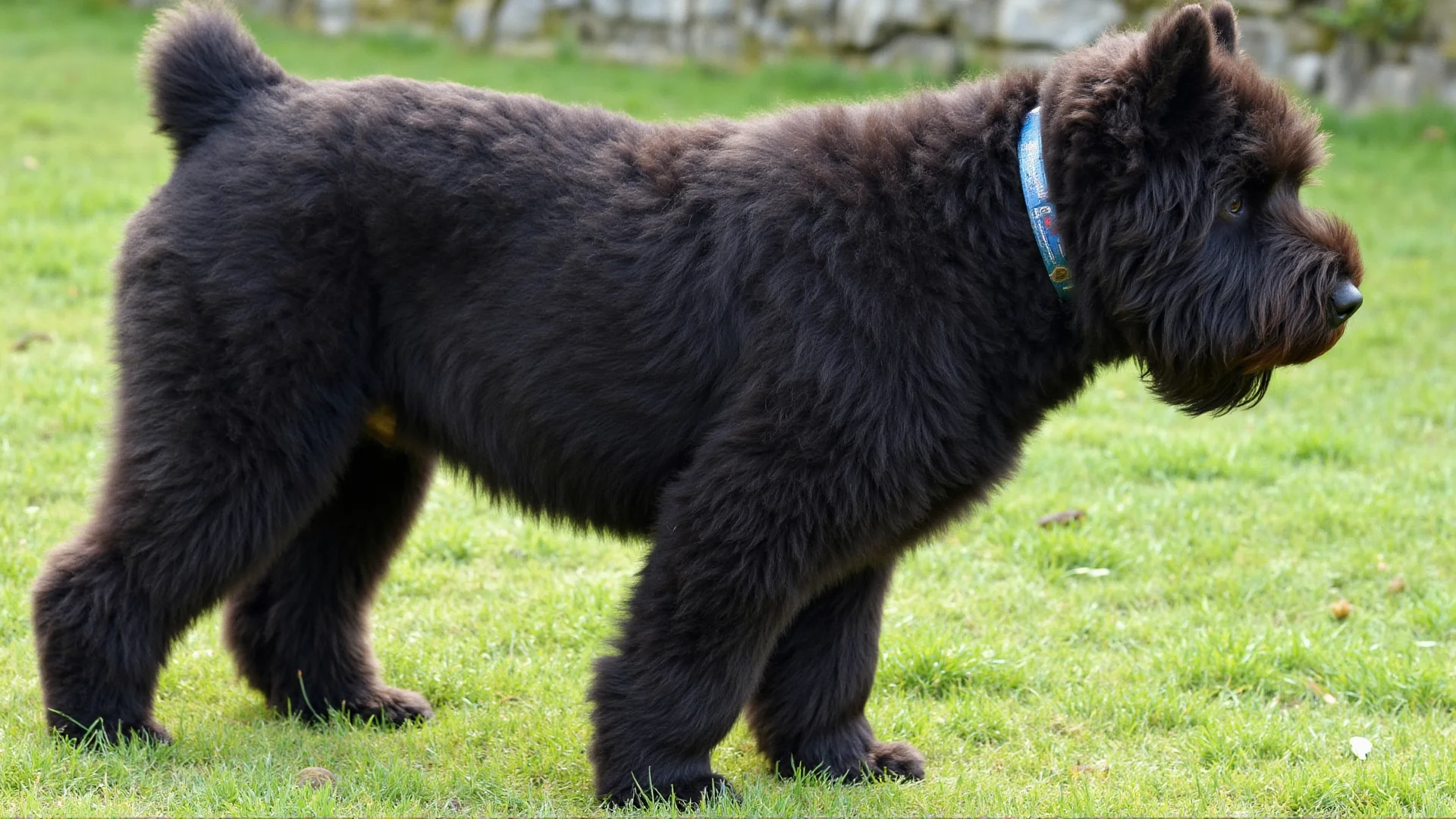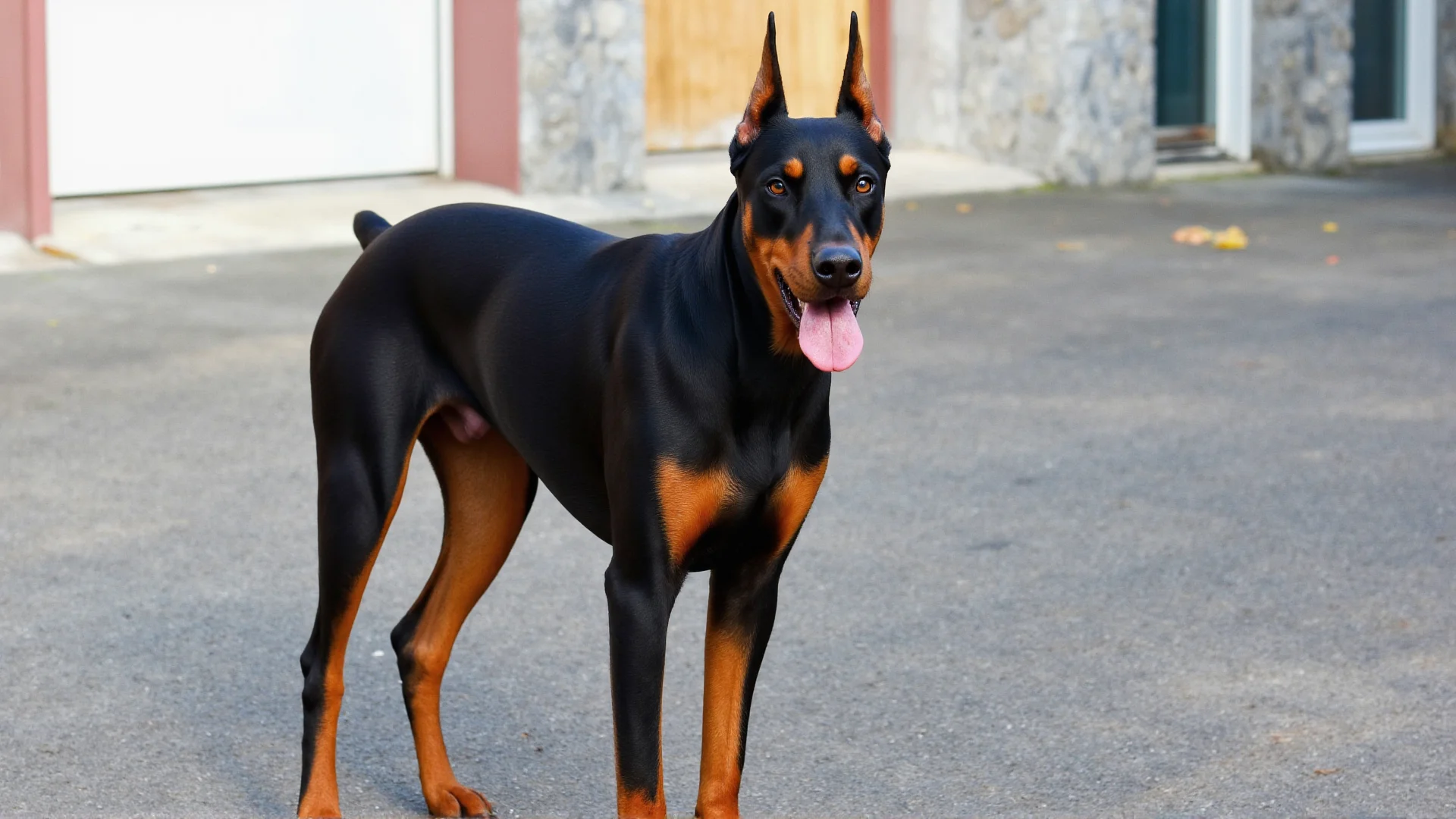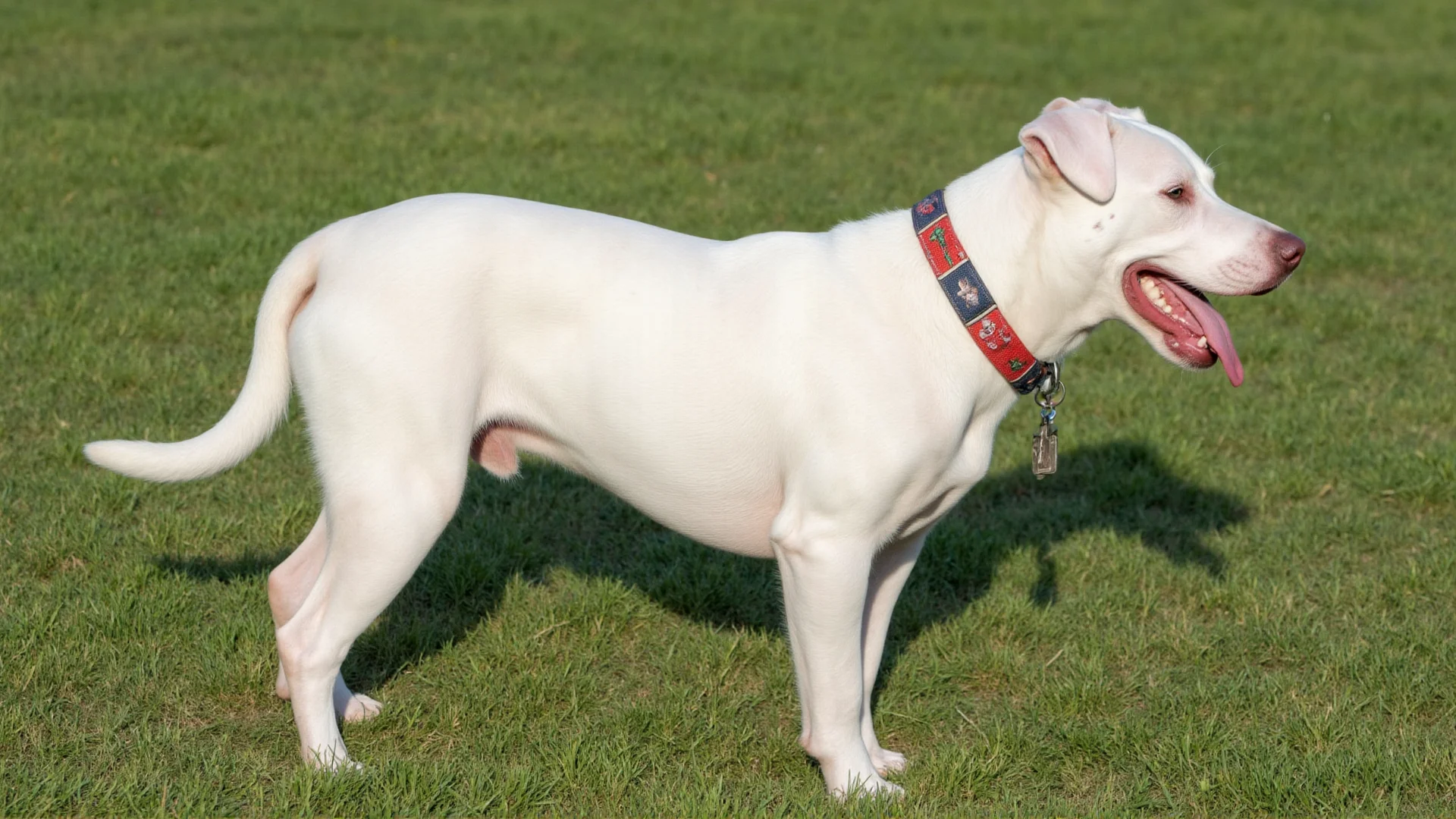The Old English Sheepdog: A Comprehensive Guide to Their Working Heritage and Modern Role
The Old English Sheepdog, with their distinctive shaggy coat and boundless energy, represents one of Britain's most iconic working breeds. These remarkable dogs have transitioned from driving sheep across the English countryside to becoming beloved family companions while retaining their strong work ethic and protective instincts.
Historical Working Heritage
Origins in 18th Century England
The Old English Sheepdog emerged in the 18th century in the western counties of England, particularly Devon, Somerset, and Cornwall. Originally known as the "Bobtail" due to their traditionally docked tails, these dogs were bred specifically for herding and driving sheep and cattle to market.
Their distinctive appearance wasn't just for show – every aspect of their physical form served a working purpose. The dense, weatherproof double coat protected them from harsh British weather, while their sturdy build and strong legs enabled them to cover long distances across rough terrain.
The Drover's Companion
Unlike many herding breeds that worked close to home, Old English Sheepdogs were primarily drovers' dogs. They accompanied farmers and professional drovers on journeys that could last weeks, moving livestock from rural areas to urban markets. This work required exceptional stamina, intelligence, and the ability to work independently when needed.
These dogs developed a unique herding style, using their imposing size and deep bark to move stubborn cattle while being gentle enough to guide sheep without causing stress. Their protective instincts made them excellent guardians of the flock during overnight stops on long journeys.
Physical Characteristics and Working Ability
Built for Work
The Old English Sheepdog's physical characteristics reflect centuries of selective breeding for working ability:
- Size and Strength: Males typically weigh 80-100 pounds, with females slightly smaller at 60-85 pounds. This substantial size allowed them to handle large livestock effectively.
- Coat: Their profuse, shaggy double coat comes in blue, gray, blue merle, or grizzle, often with white markings. This coat requires significant grooming but provides excellent protection from the elements.
- Movement: Their distinctive "bear-like" rolling gait is efficient for covering long distances and provides excellent stability when working with livestock.
- Eyes: Often hidden behind their characteristic fringe, their eyes are typically brown or blue, sometimes one of each color.
Temperament Shaped by Work
Centuries of working alongside humans have created a breed with specific temperamental traits that make them excellent working partners:
- Intelligence: These dogs are highly intelligent and capable of independent decision-making, traits essential for droving work.
- Loyalty: Bred to work closely with their handlers, they form strong bonds with their families.
- Protective Instincts: Their guardian heritage makes them naturally protective of their family and territory.
- Energy: High energy levels and stamina reflect their working background.
Modern Working Roles
Therapy and Service Work
Today's Old English Sheepdogs have found new purpose in various working roles that utilize their gentle nature and intelligence. Many excel as therapy dogs in hospitals, nursing homes, and schools. Their calm demeanor and striking appearance make them excellent ambassadors for animal-assisted therapy programs.
Some Old English Sheepdogs work as service dogs, particularly for individuals with mobility issues. Their size and strength make them suitable for physical support tasks, while their gentle nature ensures they work well with their handlers.
Search and Rescue
The breed's intelligence, stamina, and desire to work have made some individuals successful in search and rescue operations. Their ability to work independently, combined with their strong bond with handlers, translates well to this demanding field.
Competitive Herding
While fewer Old English Sheepdogs work as traditional farm dogs today, many participate in herding trials and competitions. These events allow them to demonstrate their natural instincts while providing mental and physical stimulation that satisfies their working drive.
Training the Working Sheepdog
Understanding Their Drive
Training an Old English Sheepdog requires understanding their working heritage. These dogs have been bred to think independently and make decisions, which can sometimes be mistaken for stubbornness. Successful training acknowledges this intelligence while providing clear, consistent guidance.
Essential Training Elements
Early Socialization: Given their protective instincts, early and extensive socialization is crucial. Expose young dogs to various people, animals, environments, and situations to ensure they develop into well-rounded adults.
Positive Reinforcement: These sensitive dogs respond best to positive training methods. Use treats, praise, and play to reward desired behaviors. Harsh corrections can damage their trust and willingness to work.
Mental Stimulation: Provide puzzle toys, training challenges, and problem-solving opportunities to satisfy their intelligent minds. A bored Old English Sheepdog can become destructive.
Physical Exercise: Daily exercise is essential for this working breed. Long walks, hiking, swimming, and play sessions help maintain their physical and mental health.
Channeling Working Instincts
Many behavioral issues in Old English Sheepdogs stem from unmet working needs. Channel their herding instincts through:
- Agility training and courses
- Herding trials or instinct tests
- Rally obedience competitions
- Tracking exercises
- Therapy dog work
Health Considerations for Working Dogs
Common Health Issues
Like many large working breeds, Old English Sheepdogs are prone to certain health conditions that potential owners should understand:
- Hip Dysplasia: This genetic condition affects the hip joint and can impact working ability.
- Progressive Retinal Atrophy (PRA): An inherited eye condition that can lead to blindness.
- Cerebellar Ataxia: A neurological condition that affects coordination and movement.
- Bloat (Gastric Dilatation-Volvulus): A life-threatening condition common in large, deep-chested breeds.
Maintaining Working Health
For Old English Sheepdogs engaged in working activities, regular veterinary care is essential. This includes routine health screenings, maintaining appropriate weight, and monitoring for signs of joint stress or injury. Working dogs may require additional nutritional support and conditioning programs.
The Old English Sheepdog as a Family Working Partner
Integrating Work and Family Life
Modern Old English Sheepdog owners can successfully integrate their dog's working needs with family life. These dogs excel when given jobs to do, whether it's carrying a backpack on hikes, participating in dog sports, or helping with simple household tasks.
Their protective instincts make them excellent family guardians, while their gentle nature with children reflects their history of working alongside families. However, their herding instincts may manifest as attempts to "herd" children or other pets through gentle bumping or nudging.
Exercise and Mental Stimulation Needs
A working breed requires significant daily exercise and mental stimulation. Plan for at least 1-2 hours of active exercise daily, combined with training sessions and interactive play. Without adequate stimulation, these dogs may develop behavioral problems such as excessive barking, digging, or destructive chewing.
Grooming the Working Sheepdog
Coat Care for Active Dogs
The Old English Sheepdog's magnificent coat requires significant maintenance, especially for dogs engaged in working activities. Daily brushing prevents matting and removes debris collected during outdoor work. Many working dog owners opt for a shorter "puppy clip" to reduce grooming requirements while maintaining the breed's characteristic appearance.
Regular grooming sessions also provide opportunities to check for injuries, parasites, or skin issues that might affect a working dog's performance.
